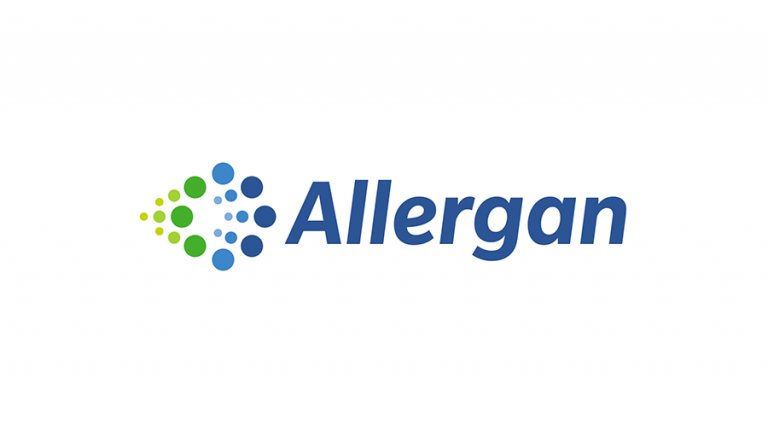
Allergan plc, (NYSE:AGN) is attracting a substantial amount of attention in the biotechnology space right now on the back of some news related to its lead development program. Volume is up and sentiment has picked up a boost, with share price following suit.
Here’s what happened and what it means.
First up, then, let’s look at the asset.
The asset in question is called ubrogepant and Allergan is trained to show that it can be a safe and effective asset when used to treat patients with migraines. The drug is designed to target what are called CGRP receptors and, specifically, is a CGRP receptor antagonist, meaning its mechanism of action is rooted in an attempt to block the activity of these receptors.
So why are these receptors a target in migraine patients? Well, put simply, CGRP and its receptors are expressed in regions of the nervous system associated with migraine pathophysiology.
There is a degree of uncertainty associated with this, however. Allergan thinks that it’s receptor antagonist can help migraine patients, but as far as specific MOA is concerned, the actual role that the receptors play in the onset and sustainability of migraines and, in turn, the potential impact of targeting these receptors is not 100% clear.
anyway, it’s a potentially huge and lucrative market for the company if it can get this asset successfully on shelves in the US in this indication, so the level of uncertainty is well worth taking on for the potential reward of an approval.
And it is the reduction of this uncertainty as the drug moves towards potential commercialization that has dictated sentiment for the last 12 months or so in Allergan shares.
So, let’s get specific.
The trial in question was a phase 3 trial and it is the second of two planned such trials. The news relates to data that just hit press from this trial and, specifically, data related to two different doses under investigation – a 25 mg dose and a 50 mg dose.
As per the results, the 50 mg dose met the co-primary endpoints of pain freedom two hours after the initial dose and achieving absence of the most bothersome symptom (including Photophobia, Phonophobia or Nausea).
It’s not all great news, however – the 25g dose only met the first of two primary endpoints, failing to show statistical significance in the latter of the two endpoints.
So that’s one side of the trial succeeding and the other side not so much – what’s the bottom line on all this?
well, as noted above, markets are responding positively to the development which tells those that the perception of this data is that it is generally positive for the company as opposed to negative, despite the trial not achieving a clean sweep on its predefined endpoints.
And in this author’s opinion, this market perception is correct – the fact that the higher dose is more effective (as illustrated by the results that are in place) than the lower dose is what we would expect when putting forward an efficacy hypothesis and, against this hypothesis, the drug looks as though it has a reasonable chance of approval as and when it goes in front of the FDA.
And that’s what comes next – Allergan expects that it will submit a new drug application (NDA) to the FDA in the US at some point during 2019, with data from both this above-discussed trial and from the already completed phase 3 study packaged as supportive of the program’s efforts to reach commercialization.
Enjoy this piece? Read this one next: Here’s Why The Immunogen News Is Important For The Company




